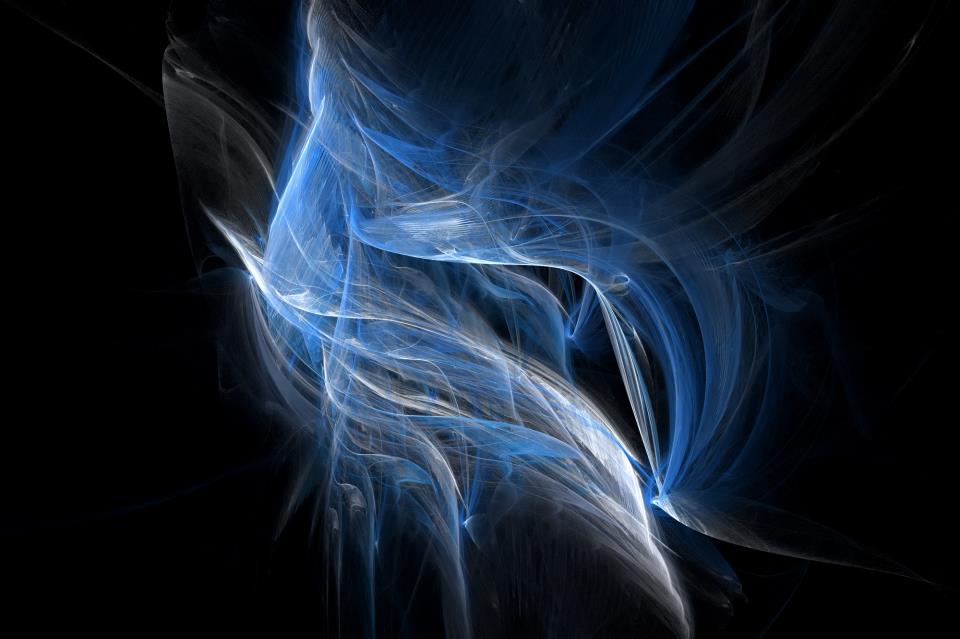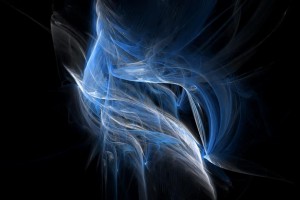
The Types of Fractal Art
April 22, 2016
Although fractal art was originally created around three decades ago, in the last few years with the rise in the quality and availability of information technology it has been becoming more and more prominent. A large number of computer programs have been created to help artists make fractal art and there are even several easy to follow tutorials available for people who are interested in using this art form. Let’s take a closer look at the different types of fractal images that are available to choose from.
- Iterated function systems – Commonly referred to as IFS, this type of fractal pattern is made up of a union of several copies of itself within the same image and can be seen as an intricate repeating image that combines to form one large image.
- Strange attractors – This fractal image often appears to be very random and is often used as a screen saver on computers.
 Fractal flame – This special type of fractal art pattern was created by Scott Draves in 1992 and often features a kind of starburst pattern that can be very intricate and attractive.
Fractal flame – This special type of fractal art pattern was created by Scott Draves in 1992 and often features a kind of starburst pattern that can be very intricate and attractive.- L-system fractals – This type of fractal pattern is strongly inspired by nature and grows and changes in the same way that a plant would naturally with the fractal structure firmly at its base.
- Newton fractals – People who have a strong head for numbers are sure to appreciate these fractal images, which use set mathematic calculations to create patterns that are often very colorful and almost random in their nature.
- Fractal terrains –These are special images that are created by random fractal processes and give the artist a lot of freedom in the creation process.
- Mandelbulds – This is a type of three-dimensional fractal image that is often used for fractal art that is intended to be displayed on a large canvas to create a very striking impression.
